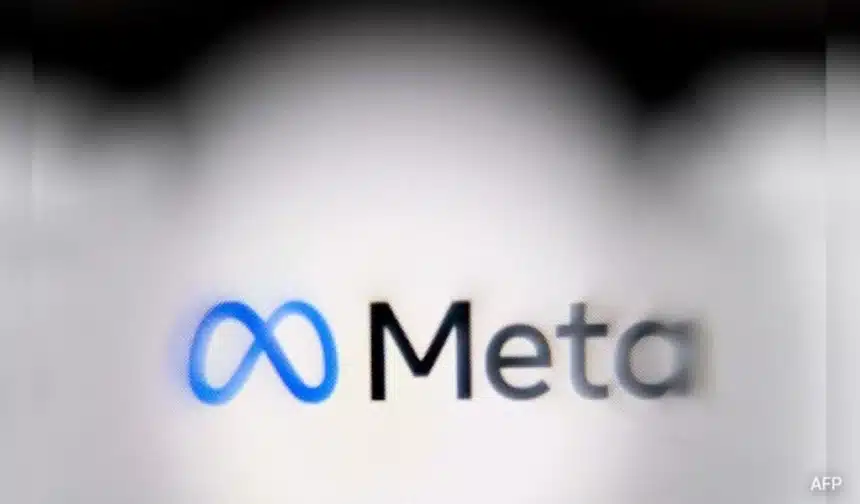(CTN News) – By releasing the first models of Llama 4, the newest open-source AI suite, this Saturday, Meta made a conscious decision to solidify its position in generative AI.
The CEO of Meta, Mark Zuckerberg, stated the company’s lofty artificial intelligence objectives in an Instagram video:
“Our aim is to develop the world’s most advanced artificial intelligence, open-source it, and ensure its universal accessibility.” Llama 4’s release is beginning to support my long-held belief that open-source AI will dominate the market.
Both the Hugging Face and Llama websites currently provide the first two models for download: Llama 4 Scout and Llama 4 Maverick. These models were used to build Meta AI, the company’s virtual assistant, which is now incorporated into WhatsApp, Instagram, Messenger, and the web.
These models served as the basis for the creation of Meta AI.
Llama 4 Behemoth is a new product that Meta has released. They assert that it is one of the most advanced large language models (LLMs) on the market right now and their most potent version to date. We anticipate that the next models will benefit from training and supervision.
With this launch, Meta is using a mixture-of-experts (MoE) framework for the first time. The Ministry of Education has the capacity to dissect the model into its component fields, including computer science, biology, poetry, and physics.
Because just the most pertinent expert modules are used for each task, the work is more efficient and training and inference costs are reduced.
The Unique Features of the Model
It takes 16 specialists and 17 billion parameters to create Llama 4 Scout. Moreover, a context window with 10 million tokens is included. As demonstrated by Google’s most recent Gemma 3 release, the design is geared for single graphics processing unit (GPU) operation, reflecting a trend toward small but potent devices.
The flexible Llama 4 Maverick model is made to support a variety of assistant-focused applications. It has 17 billion parameters and 128 specialists. According to Meta, it is a trustworthy “workhorse” that is adept at a variety of digital duties, such as thinking and communicating.
Final thoughts regarding meta-claims Maverick scores better than Google’s Gemini 2.0 Flash and OpenAI’s GPT-4o on a number of metrics, including extended context management, language comprehension, picture analysis, reasoning, and code development. In coding and logic challenges, it can compete with a model of varying size, DeepSeek v3.1.
A statement earlier this year raised concerns about the growing global competition among AI systems, suggesting that DeepSeek’s models could compete with those of well-known US firms. Conversely, representatives from Google and Meta have minimized the gravity of the situation.
Beyond the Behemoth: Progressing Towards the Future
There are currently over 16 specialists, 2 trillion total parameters, and 288 billion active parameters in the Llama 4 Behemoth model, which is still being developed. According to Meta, it outperforms Gemini 2.0 Pro, Claude Sonnet 3.7, and GPT-4.5 in STEM-related tasks.
Zuckerberg made passing reference to Llama 4 Reasoning, a system designed to accurately address analytical and problem-solving problems. In the next weeks, further details should be made public.
“This is merely the inception of the Llama 4 series!” declared Meta in a blog post. “We believe that the most sophisticated AI systems should be able to participate in natural dialogues, perform generalized actions, and address unprecedented challenges.”
Raising the bar.
According to Meta, the number of Llama model downloads increased from 650 million in December 2024 to over one billion in the two weeks before to the release of Llama 4. This constitutes a noteworthy enhancement.
In order to assist the company’s ongoing artificial intelligence initiatives, Zuckerberg announced in January that Meta would invest $60 to $65 billion in AI infrastructure by 2025. This includes spending money on servers, data centers, and other resources.
SOURCE: NDTV
SEE ALSO:
TikTok is Banned, and Trump Says a Deal Will Come Before April 5.
Despite Trump’s tariffs, Apple stocks lead the Magnificent 7.
The Future of Connectivity: Comparing SIM and eSIM Technology

Salman Ahmad is known for his significant contributions to esteemed publications like the Times of India and the Express Tribune. Salman has carved a niche as a freelance journalist, combining thorough research with engaging reporting.














